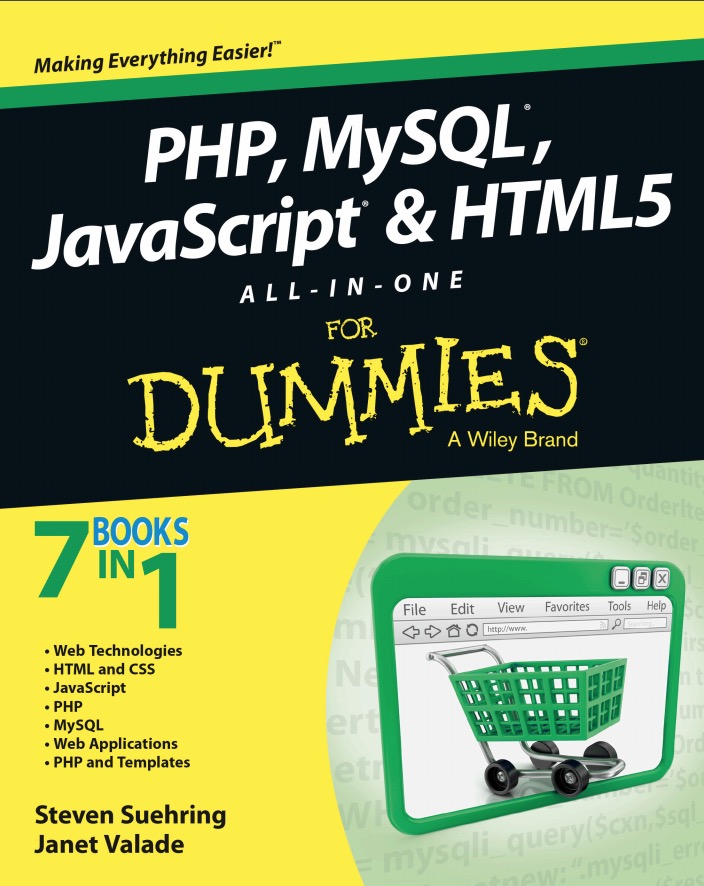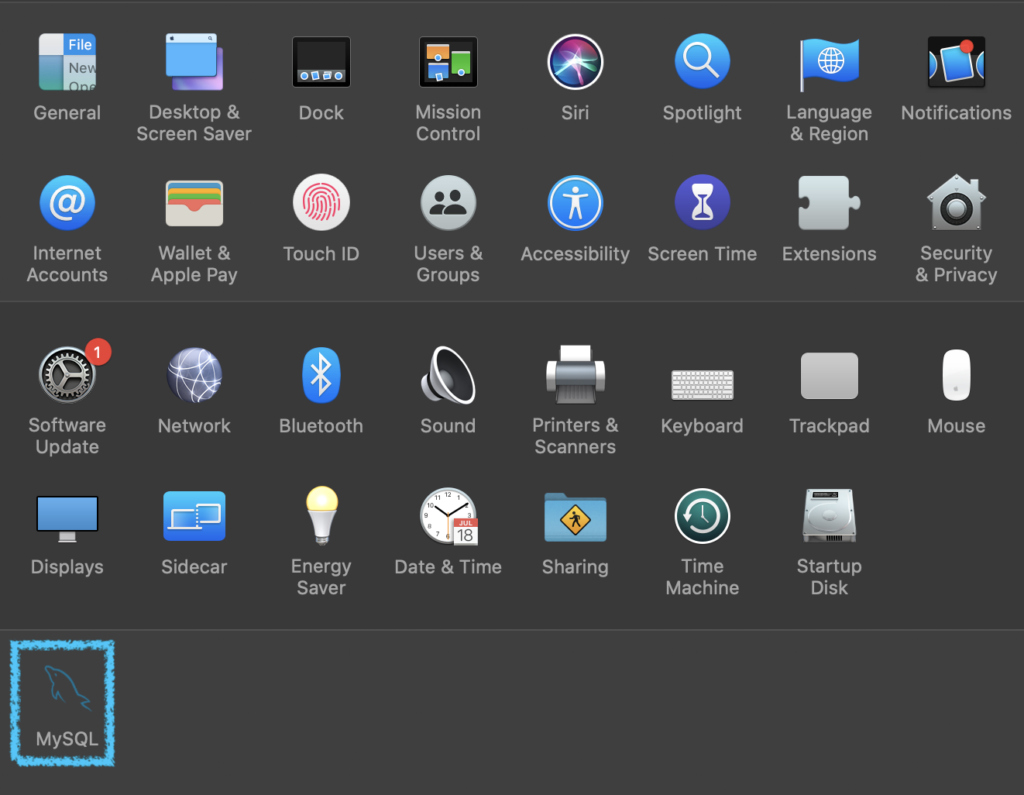
- #Mysql for mac for dummies how to
- #Mysql for mac for dummies install
- #Mysql for mac for dummies software
- #Mysql for mac for dummies code
#Mysql for mac for dummies install
After downloading it, open the installer and follow the prompts to install MySQL.Then choose macOS in “Select Operating System” and download your preferred package.Next, click the “MySQL Community Server” link.Scroll down till you see the “MySQL Community (GPL) Downloads” link.
#Mysql for mac for dummies how to
Let’s see how to install MySQL Graphical User Interface installer. There’s no need for a command line or terminal access, which is nice for those who aren’t that familiar with the terminal. The installer is a simple GUI application, which makes it easy to install.
#Mysql for mac for dummies code
#Mysql for mac for dummies software
It’s also very easy to use and manage multiple versions of software on the same machine.īefore we begin, make sure you have Homebrew installed on your Mac. It provides a simple command-line interface for installing, updating, and removing software on macOS. Homebrew is a popular package manager for macOS. It is now the most widely used open-source and best database software in the world, utilized by businesses of all sizes and in all sectors for mobile and web applications. Oracle Corporation is in charge of overseeing the project as of 2009. MySQL AB is now owned by Oracle Corporation. MySQL was created by MySQL AB, a Swedish business that Sun Microsystems acquired in 2008. The MySQL database is widely used for creating and managing relational database tables as well as for storing data, particularly in online applications. Despite being available under the provisions of the GNU Affero General Public License, it has been licensed under GPLv2 since 2004. It was created using the C and C++ programming languages, with some Java-based components. The term “MySQL” is a parody of the moniker of an earlier venture by co-founder Michael Widenius called Monty Python’s Flying Circus. Oracle Corporation is the creator of MySQL. It is a well-known SQL database server with multiple users and threads. MySQL is a SQL-based relational database management system (RDBMS). In this article, I provide a guide to installing MySQL on macOS. If you are unfamiliar with relational databases, check out our Difference between SQL and NoSQL databases? article. Millions of websites use it as their back end.

Note the use of the PASSWORD function which hashes the plaintext password.MySQL is a powerful and popular open-source relational database. You can revoke all user privileges from every database as follows: REVOKE ALL PRIVILEGES, GRANT OPTION FROM 'ip_address' įinally, you can set passwords like this: SET PASSWORD FOR 'ip_address' = PASSWORD( 'new_password')

To revoke permissions of a user from a single database: REVOKE ALL PRIVILEGES ON database.* FROM 'ip_address' You can grant all permissions to every table inside a specific database as follows: GRANT ALL PRIVILEGES ON database.* TO 'ip_address' IDENTIFIED BY 'password'


GRANT SELECT, INSERT, DELETE ON database.table_name TO 'ip_address' IDENTIFIED BY 'password' Similarly, you can restrict user access to a specific table by specifying a table name after the period. You can allow a user to select, insert, and delete data to and from all the tables inside a database as follows: GRANT SELECT, INSERT, DELETE ON database.* TO 'ip_address' IDENTIFIED BY 'password' However, you can also limit user access by specifying the database before the period. You can assign the administrative privilege of inserting data to all tables belonging to any database: GRANT INSERT ON *.* TO 'ip_address'


 0 kommentar(er)
0 kommentar(er)
